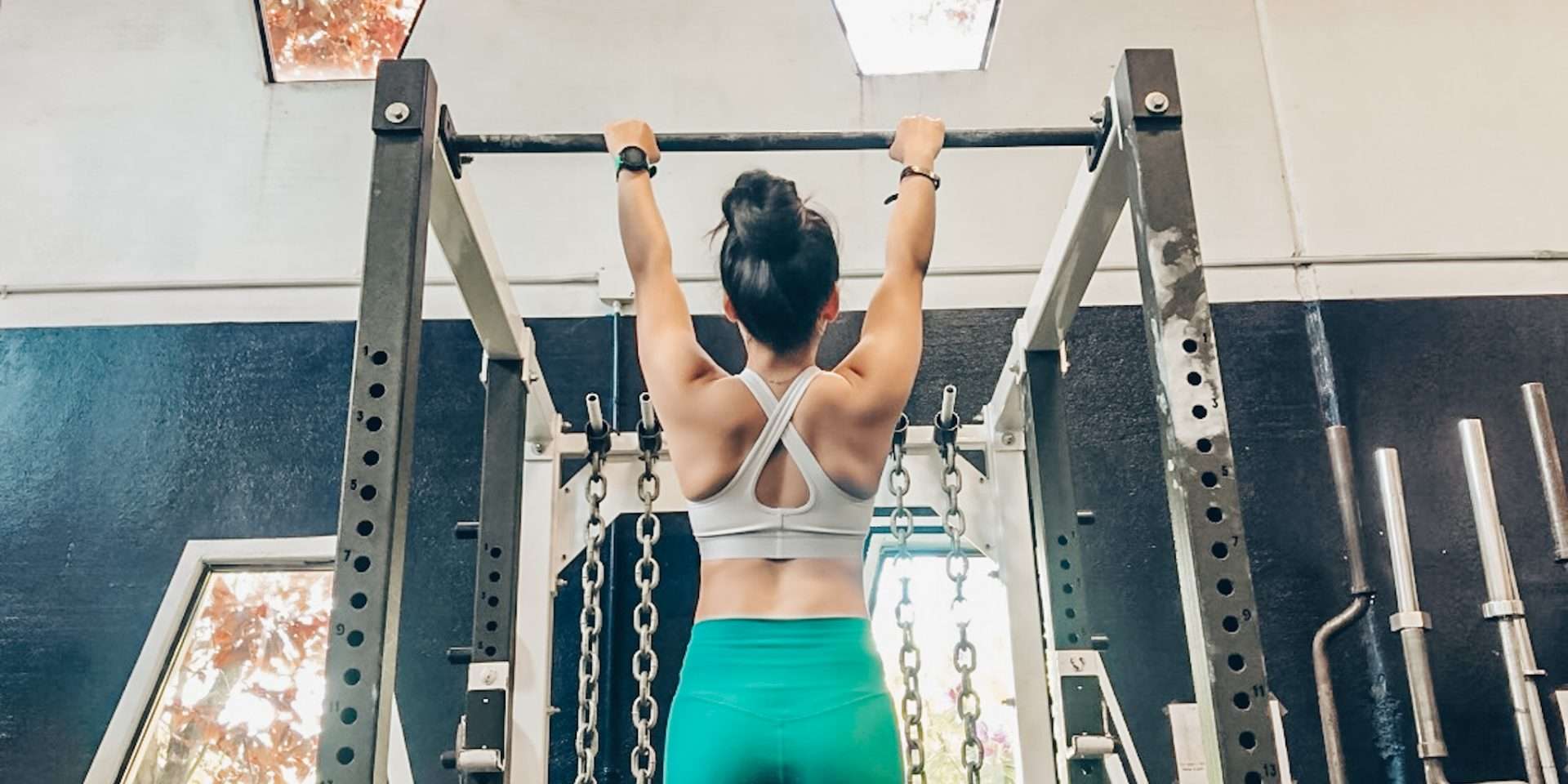By Laura Su
We’ve all been told to exercise regularly because it “will help you stay healthier” and “give you more energy”! Right?
But how does it do all that? Is intentional, organized, daily movement really going to do all that?
Sit back and get ready to do some READING because I’m about to break down some reasons why exercise helps with boosting your energy levels AND helps you to age gracefully.
1. Improved longevity!
As you age, everything begins to down-regulate, meaning your bodily systems begin to decline in functionality. You become less sharp (nervous system); you can’t react as quickly or move as fast (neuromuscular system); your total muscle mass decreases (muscular system); specific organs may present with issues (digestive, urinary systems); the level of sex hormones declines rapidly (endocrine system); and more!
Regular exercise can help mitigate the symptoms of many of these issues. To begin, regular resistance training helps aging adults retain muscle mass, which helps keep their metabolism upregulated, improves their movement and quality of life, and decreases risks of falls and/or broken bones. Resistance training, specifically those that load the skeletal system, can prevent or even help reverse osteoporosis!
Cardiovascular exercise helps keep your heart and lungs strong and healthy. While resistance training does have many benefits for your cardiovascular system as well, you want to be working all the muscles in all the ways so cardio training is simply another way to train those cardiac muscles. Cardiovascular training can help improve your stroke rate (how many times your heart beats per minute) and stroke volume (how much blood your heart pumps out with each beat). Your heart is one big cardiac muscle, so keep it strong too!

2. Improved mitochondrial function AKA more energy!
Regular exercise, especially resistance training, will help improve muscle tone and strength, which in turn helps with mitochondrial function. A systematic review in 2017 by Groennebaek and Vissing discussed the improved function of mitochondria and production of ATP with either high-load resistance training or low-load resistance training to volitional failure, especially in aging adults. Both high-load resistance training and low-load resistance training to volitional failure showed signs of improving mitochondrial function. In other words, lift some HEAVY weights or lift lighter weights until you can’t possibly do another rep!
Mitochondria is responsible for energy production. Without mitochondria, we wouldn’t be able to produce ATP (adenosine triphosphate) which is responsible for energy. If mitochondrial function slows, we find ourselves with less energy. Decreased mitochondrial function can also increase signs of aging, since it is greatly responsible for energy production and recovery. Improving mitochondrial function via resistance training is a great way to improve mitochondrial biogenesis in a wide variety of tissues, including the brain!

3. Improved quality of life!
Regular exercise that consists of cardiovascular aerobic training plus resistance training is vital to improved quality of life in the present and in the future.
Having good cardiovascular fitness allows you to have more endurance and stamina. It unlocks a world of possibilities as far as the physical activities you’re able to do. Imagine being able to jump into an endeavor without worrying about getting winded or being so breathless you can’t move.
Having strong muscles, bones, and joints from resistance training is going to allow you to move better and decrease your risk of injury.
Being strong is also going to help you do normal, everyday activities with more ease and less effort. Imagine carrying in all your grocery bags without batting an eye.
Additionally, mortality rates in elderly populations resulting from accidental falls have been on the rise. In fact, the CDC states that falls are the number one cause of injury-related deaths in individuals aged 65 years old or older. Decreased physical activity has been recognized as a risk factor for a fall. Staying active and strong can help improve motor patterns and balance to help decrease this risk. And if an individual is in good health and physically strong, they may have a better recovery rate from a fall than someone who is sedentary and in poor health.
To summarize, exercise helps improve overall signs of aging and quality of life as you age. It also helps with energy production as resistance training improves mitochondrial function – more ATP equals more energy! Finding the right exercise program for you that meets you where you are at and sets you up to progress to where you want to be is important to help you stay motivated, encouraged, and excited about exercise! Most importantly, the exercise program you’re on, no matter what it is, needs to have some form of cardiovascular and resistance training in order to benefit you the most with anti-aging and energy production. JUST doing cardio or JUST resistance training is not enough – try to do both!

If you have any questions, please feel free to reach out at laura@lstraining.net. I’m always happy to connect and help you out with your physical fitness goals!
Laura is a strength and nutrition coach and entrepreneur based in Seattle, WA. Her goals are to help educate people about exercise and nutrition, equip them with effective workouts, and empower them to take the next step toward their goals into their own hands. With her evidence-based workouts and background in exercise science, Laura has a wealth of knowledge and experience with working with people from all different walks of life.
When she’s not training people at LS Training or training herself, Laura enjoys horseback riding, bouldering, hiking, and sleeping!





